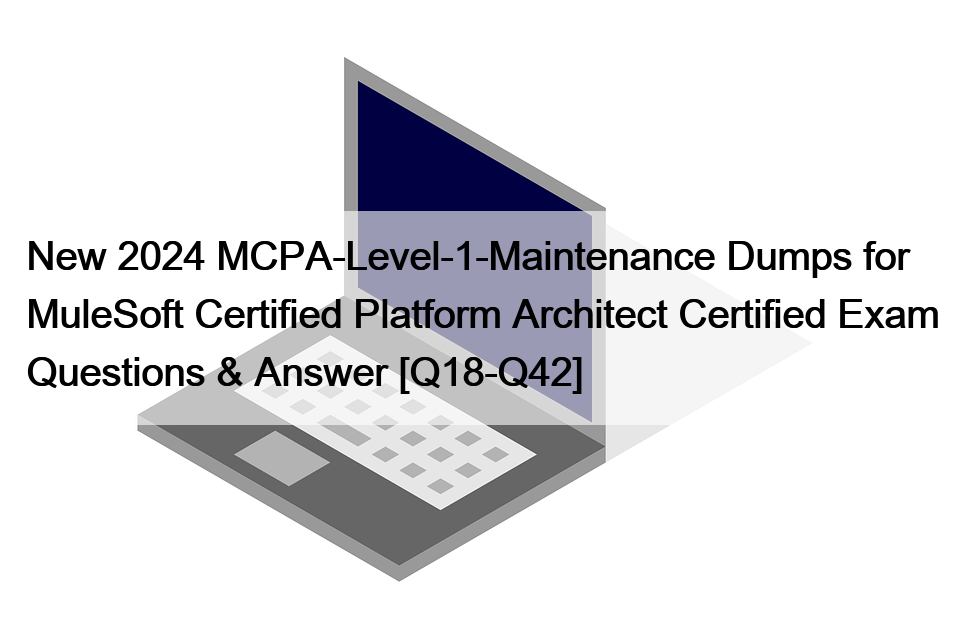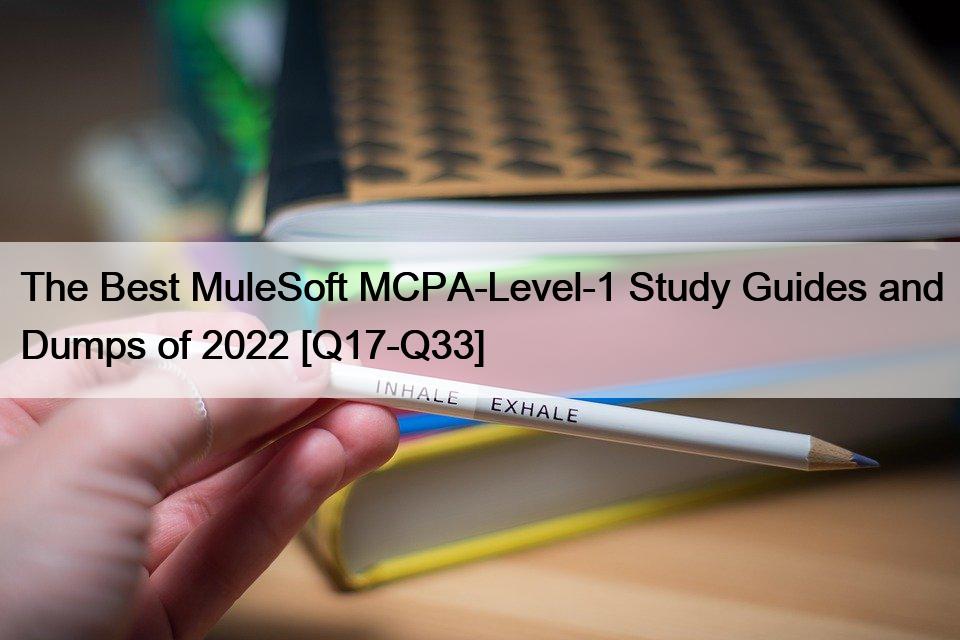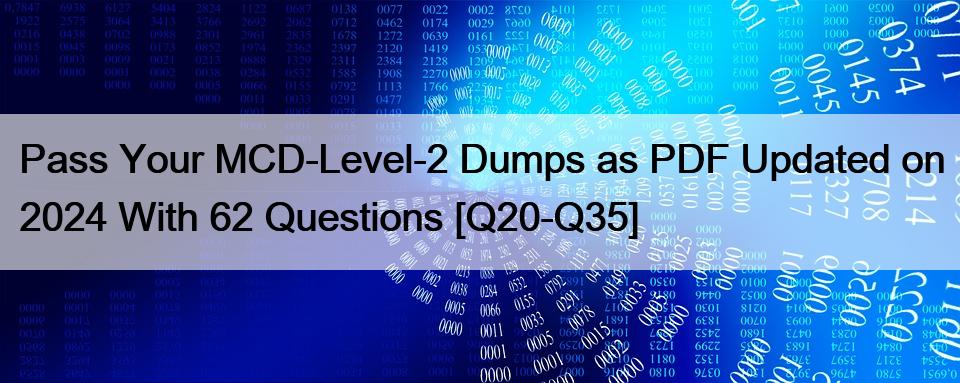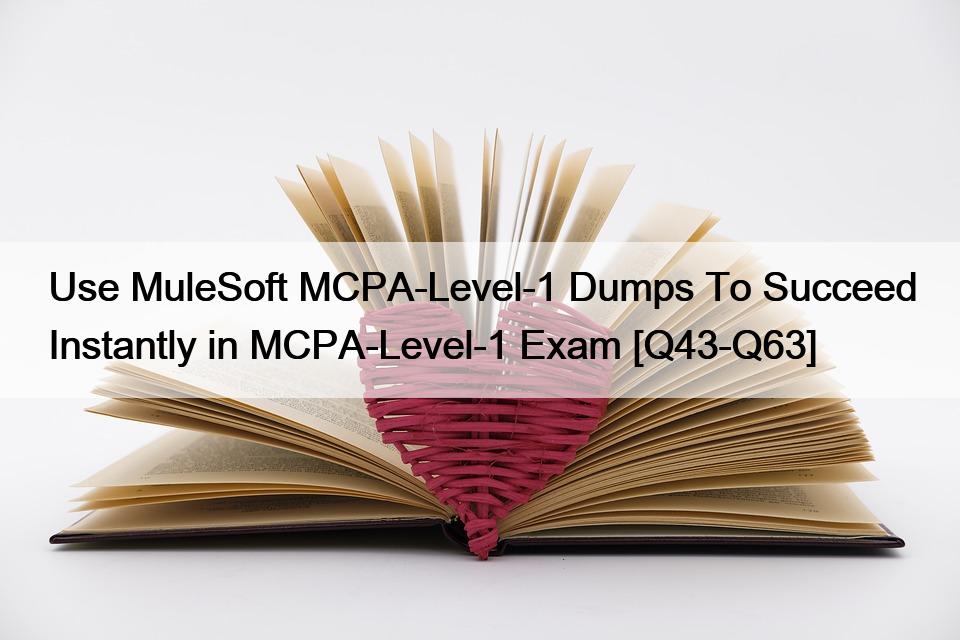New 2024 MCPA-Level-1-Maintenance Dumps for MuleSoft Certified Platform Architect Certified Exam Questions and Answer
Realistic Verified MCPA-Level-1-Maintenance exam dumps Q&As – MCPA-Level-1-Maintenance Free Update
Earning the MuleSoft MCPA-Level-1-Maintenance certification demonstrates a professional’s commitment to enhancing their skills and knowledge in maintaining and supporting MuleSoft applications. MuleSoft Certified Platform Architect – Level 1 MAINTENANCE certification also provides recognition and credibility in the industry, indicating that the professional has the necessary skills and knowledge to provide effective and efficient support for MuleSoft applications. Furthermore, MCPA-Level-1-Maintenance certified professionals are in high demand, as they possess the expertise to maintain and support complex MuleSoft applications, which are critical for modern enterprises.
Use Real MCPA-Level-1-Maintenance Dumps – 100% Free MCPA-Level-1-Maintenance Exam Dumps: https://www.prepawaypdf.com/MuleSoft/MCPA-Level-1-Maintenance-practice-exam-dumps.html



